I love mochi in all forms, and from all the questions I get on mochi I'm convinced that other people are starting to love them, too! So, here are the kinds of mochi questions I see most often, categorized and answered the best I can. Feel free to refer to these questions when you're making your next mochi recipe. Oh, and if there are some questions I haven't covered or haven't answered well, leave a comment so I can fix them ASAP!
I. The Mochi Basics
What is mochi made of?
Mochi is traditionally made of glutinous or sweet rice. Glutinous white rice is different from regular white rice in that it has a sticky, supple, chewy texture when cooked. When steamed and pounded, it becomes the “mochi” that we know and love.
Mochi can also be made with glutinous rice flour, too. Glutinous rice flour goes by many names, such as sweet rice flour and mochiko flour, but basically, they are just powdered versions of glutinous rice that can be cooked to achieve the same results as the whole grain form.
It is possible to make desserts with tapioca flour that have a similar chew and bounce as mochi, but it wouldn’t be called “mochi” in the traditional sense, as tapioca is not a type of rice.
Why is mochi so chewy?
Sticky rice has lots of amylopectins, a sticky starch not found on regular rice flour that turns into a sticky dough when heated or cooked.
What does mochi taste like?
Plain mochi doesn’t taste like anything on its own, since it’s made with rice, sugar, salt and water. But mochi can take on different flavors and colors depending on what is used to replace some of the water in the recipe. You can check out all the variations of mochi here.
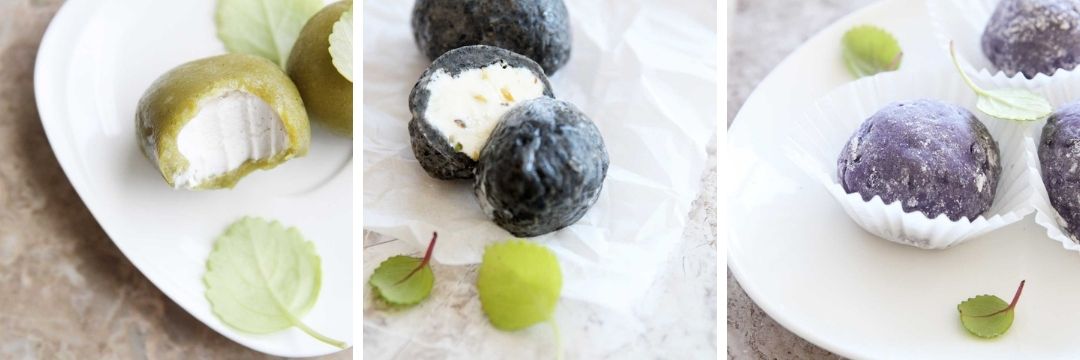
Are mochi healthy? / Is it healthy to eat mochi?
While mochi is gluten-free, contains no fat or cholesterol, and very low in sodium, it is still very high in refined carbs and has about 110 calories per ¼ cup, which is not much different from regular white flour. So, it’s recommended that mochi be only consumed in moderation.
Is mochi gluten free?
Yes, mochi is gluten-free, since it is made with glutinous rice which does not contain any gluten. Unlike how it sounds, the word “glutinous” refers to the sticky, glutinous texture / consistency of the rice, not the “gluten” that’s found in most wheat products. That’s why rice is the better choice for those following a gluten-free diet.
Is mochi vegan?
Since mochi is usually made with glutinous rice, sugar, salt and water only, mochi is considered vegan. Mochi ice cream, however, contains dairy so be sure to check the labels when you buy mochi containing ice cream.

II. Mochi Ingredient Substitutions
Is glutinous rice same as sweet rice?
Yes, they are the same. Sweet rice is just another name of glutinous rice.
What is a substitute for glutinous rice flour?
There are no perfect substitutes for glutinous rice flour. While it is possible to make desserts with tapioca flour that have a similar chew and bounce as mochi, but it wouldn’t be called “mochi” in the traditional sense.
Can you make mochi using regular rice flour instead of glutinous rice flour?
The short answer is no. To make mochi, you need glutinous rice flour. Although both flours are made with rice, they come from different types of rice, long-grain rice and sweet long-grain rice, respectively. Rice flour is similar to wheat flour in many ways and is more suited for baked goods. Glutinous white rice flour is different from regular white rice flour in that it has a sticky, supple, chewy texture when cooked. When steamed and pounded, it becomes the “mochi” we know and love.
Rice flour and glutinous rice flour are no substitutes for each other, so be careful — those bags can look very similar!
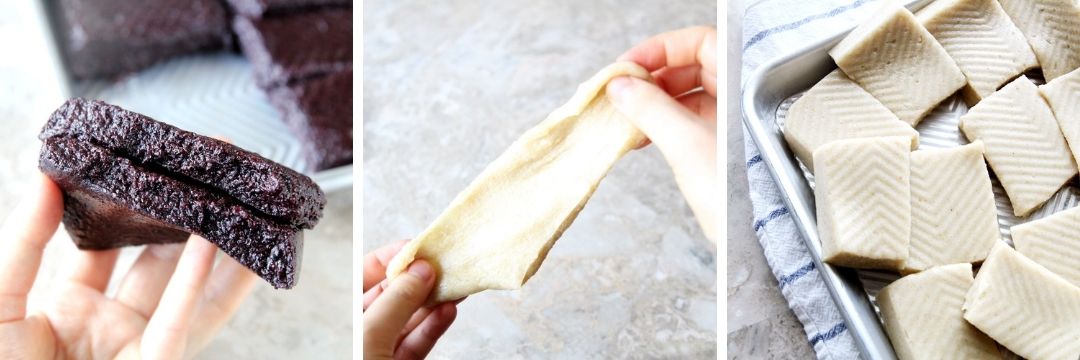
Can you use regular flour for mochi?
No. Wheat flours cannot be substituted for glutinous rice flour.
Can I use normal rice flour for mochi?
No. regular rice flour cannot be substituted for glutinous rice flour. Glutinous white rice flour is different from regular white rice flour in that it has a sticky, supple, chewy texture when cooked. Regular rice flour is similar to wheat flour in many ways and is more suited for baked goods.
Can I use cornstarch for mochi?
You can use cornstarch to coat the mochi and keep it from sticking to another, but the starch itself is not a suitable substitute for glutinous rice flour.
Can I use tapioca starch instead of glutinous rice flour?
In most mochi recipes, tapioca starch is not a good substitute for glutinous rice flour, and it tends to yield a rubbery, tough texture that is noticeably different from the soft and supple chewiness that comes from glutinous rice flour. That said, It is possible to make desserts with tapioca flour that have a similar chew and bounce as mochi, but it wouldn’t be called “mochi” in the traditional sense, as tapioca is not a type of rice.
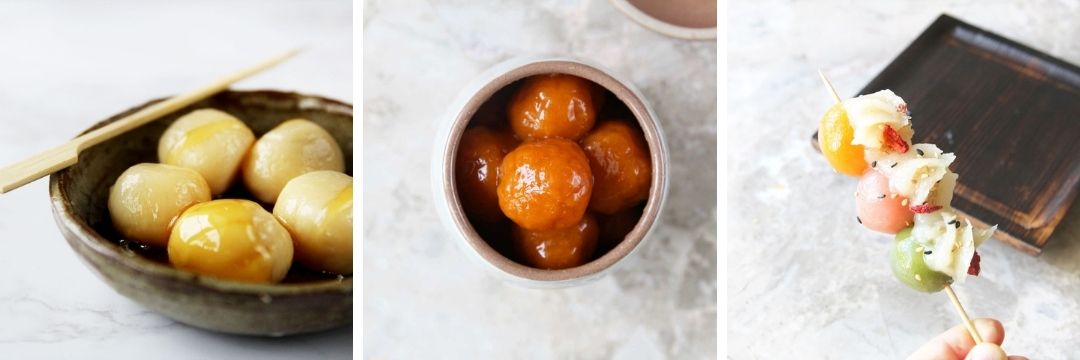
Can I use potato starch instead of glutinous rice flour? What about Arrowroot Starch?
Potato starch and arrowroot starch behave very much like tapioca starch (see previous question). Not all starches are equal, so the result will vary. Cornstarch is VERY different from tapioca, potato and arrowroot starch, so it is NOT recommended to be used in mochi recipes.
Is mochiko the same as tapioca flour?
No it is not. You can use tapioca starch to coat the mochi and keep it from sticking to another, but the starch itself is not a suitable substitute for glutinous rice flour unless specified in the recipe.
Is mochiko flour same as glutinous rice flour?
Yes, they are the same. Glutinous rice flour goes by many names, and Mochiko flour is just another name for glutinous rice flour, which is also synonymous with sweet rice flour.
Glutinous rice flour = Sweet rice flour = Mochiko flour
How can you tell if rice flour is glutinous?
Glutinous white rice is different from regular white rice in that it has a sticky, supple, chewy texture when cooked. When steamed and pounded, it becomes the “mochi” that we eat and love. This is because sticky rice has lots of amylopectins, a sticky starch not found in regular rice flour.
How is rice flour different from glutinous rice flour?
Also called rice powder, all types of rice flour come from milling long-grain rice. Rice flour can come from a wide variety of non-sticky types of rice, while glutinous rice flour comes from the few sticky AKA sweet types of rice in the Oryza sativa var. Glutinosa family. Sticky rice has lots of amylopectins, a sticky starch not found on regular rice flour.
Although rice flour is an excellent substitute for wheat flour, glutinous rice flour is best reserved for food with a chewier and stickier bite, like mochi.
Can breadmaker make mochi?
No, but you can make mochi in the microwave using glutinous white rice flour (a.k.a. sweet rice flour, mochiko flour). I have a couple recipes that are cooked in the microwave- check it out here!

III. Mochi Desserts
What type of dessert is mochi?
Mochi can be prepared in many ways, and depending on how the glutinous rice is incorporated, mochi can be considered a breakfast food, dessert or confectionery. The most popular ways of eating mochi are the following stuffed with sweetened bean paste, waffled (mochi waffles or moffles), baked or fried as mochi donuts, or stuffed with ice cream (mochi ice cream).
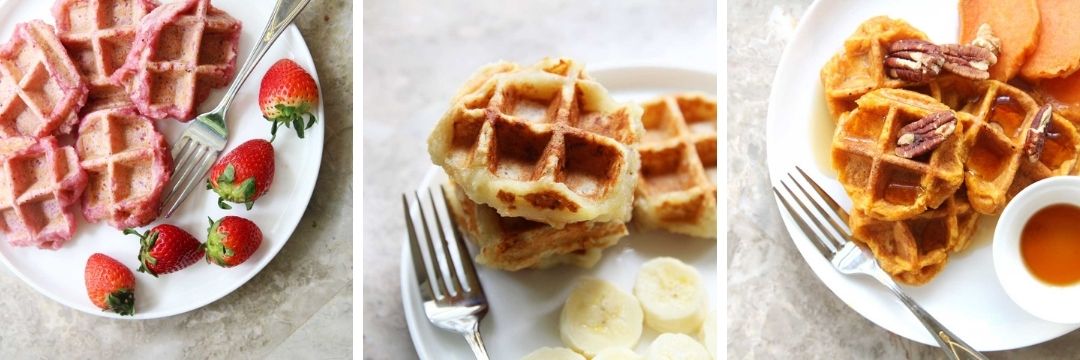
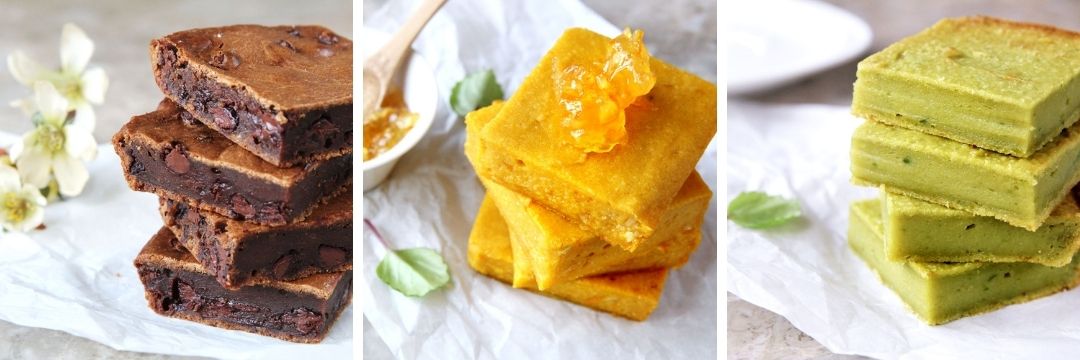
What's mochi ice cream?
mochi ice cream is mochi that is filled with ice cream. The mochi refers to the outer layer “the skin” of the whole dessert and is made with glutinous rice, water, and usually coated with a thin layer of corn starch to keep it from sticking. Mochi ice cream is filled with a small scoop of regular or dairy free ice cream, and it’s what makes this mochi dessert an “ice cream.”
How mochi ice cream is made?
Mochi ice cream is made by rolling out the cooked mochi into a thin layer and wrapping it with scoop of regular or dairy free ice cream.
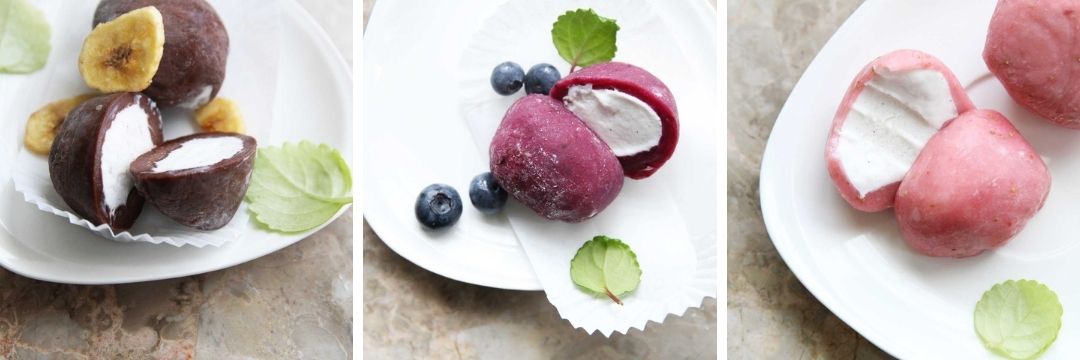
Is mochi supposed to be eaten frozen?
While plain mochi tastes best when eaten right after it's made, mochi ice cream is supposed to be eaten frozen. For the best texture, mochi ice cream is best eaten when slightly thawed from the freezer (about 5-10 minutes).
What are mochi donuts?
Mochi donuts are donuts that are made with glutinous rice flour. They can be baked or fried in oil, but donuts made with glutinous rice flour have a soft, chewy texture that’s unique from regular donuts made with other flours. Here are my mochi donut recipes
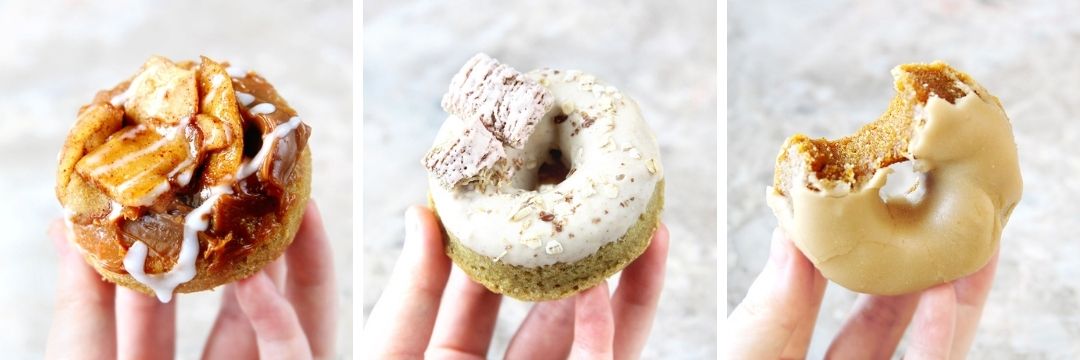
Are mochi donuts gluten free
Mochi donuts are usually gluten-free, as it’s made with glutinous rice flour (also called sweet rice flour). Rice flours do not contain any gluten, and are thus suitable for a gluten-free diet.

IV. What to do with Mochi
How do you store Mochi?
After they are made, you can store mochi covered at room temperature for up to 12-16 hours. For longer storage, I would arrange them in a plastic freezer storage bag or an airtight container and freeze them which will keep them good for up to 4 months. When ready to eat, just defrost them at room temperature or microwave 30-60 seconds until just hot.
How are you supposed to eat mochi?
Mochi is best when eaten right after it's made. Once it's dried out or refrigerated, the mochi texture loses the chewy, supple texture and becomes waxy and hard. It's not very yummy...
What do you eat mochi with?
Mochi can be eaten plain, but you can also eat mochi with any sweet or savory fillings you like best. Most commonly, mochi is eaten with sweetened red or white bean paste. Here are some filling ideas to get you started.
Can you eat mochi raw? / Is mochi raw dough?
After cooking the mochi in the microwave or mochi machine, the mochi is no longer “raw.” So you can enjoy mochi as is and without any filling if you want.
Can Mochi be refrigerated?
No, and the reason I wouldn't recommend storing mochi in the fridge is that mochi (most rice flours) tend to develop a weird waxy, hard texture when stored in the fridge, almost like how cold, refrigerated rice tastes like.
How do you soften cold mochi?
There are couple of ways to soften cold mochi that's been stored in the fridge or freezer. The best way is by steaming the mochi for 5-10 minutes until soft and hot.
You can also just microwave the prepared mochi for 20-30 seconds, or until hot, but the results won't be as good as the steamed.
Can you cook mochi?
If you've made mochi that has already been cooked in the microwave or in a mochi maker, there is no reason to further cook it. But if you do want to try out ways to cook with WITH mochi, you can waffle iron the mochi after they are made. Just make sure the waffle iron is hot and well greased before adding the mochi. If you've never had stuffed "moffles" (mochi waffles) before this will change your life!)
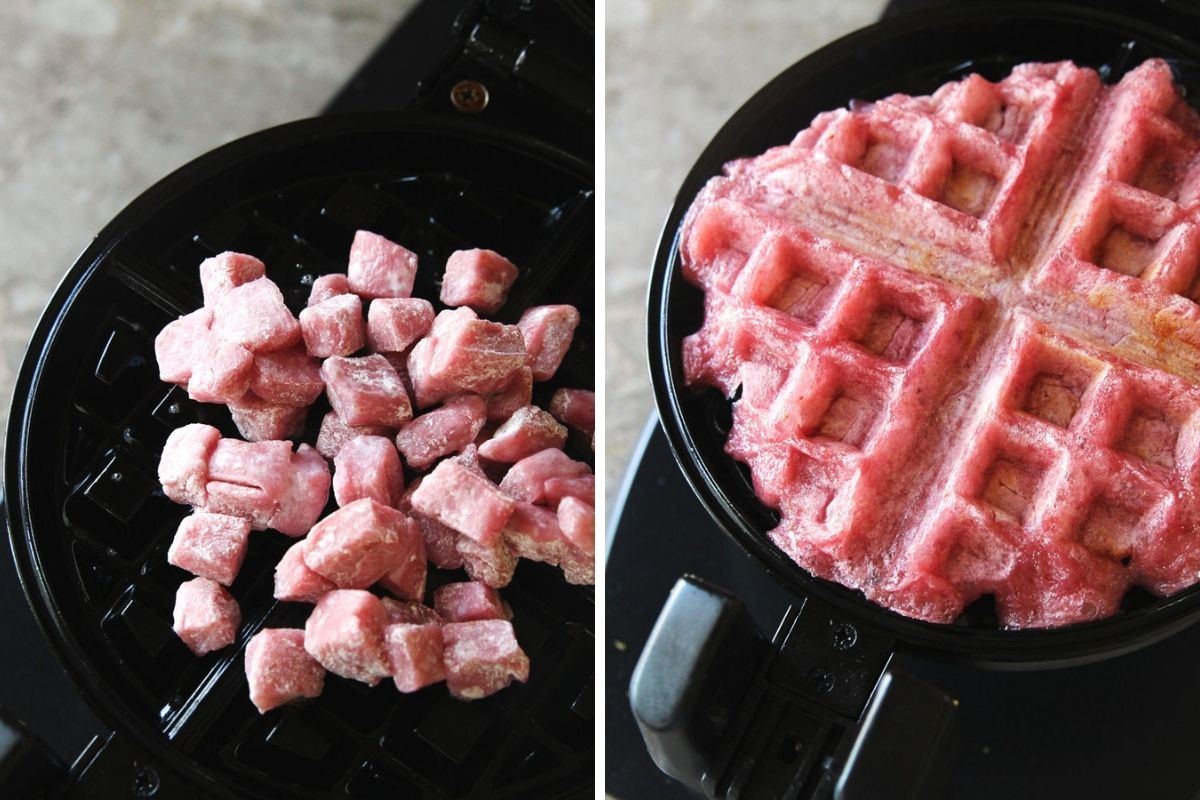
Can you cook mochi in a pan?
Yes! If the waffle iron works, so does the frying pan. There is something called a "hodduk" in Korea which is basically sugar stuffed pan-fried mochi pancakes. Transfer the mochi to a well-greased frying pan and use a cast iron or other heavy hamburger or grill press to "press" and flatten the mochi into a thinner pancake. A Panini Press also works. Enjoy!
What's the best flavor of mochi?
Some of the most popular mochi flavors are strawberry, green tea (matcha), and chocolate. That said, there are tons of flavors and everyone has their own favorite. See more ideas here:


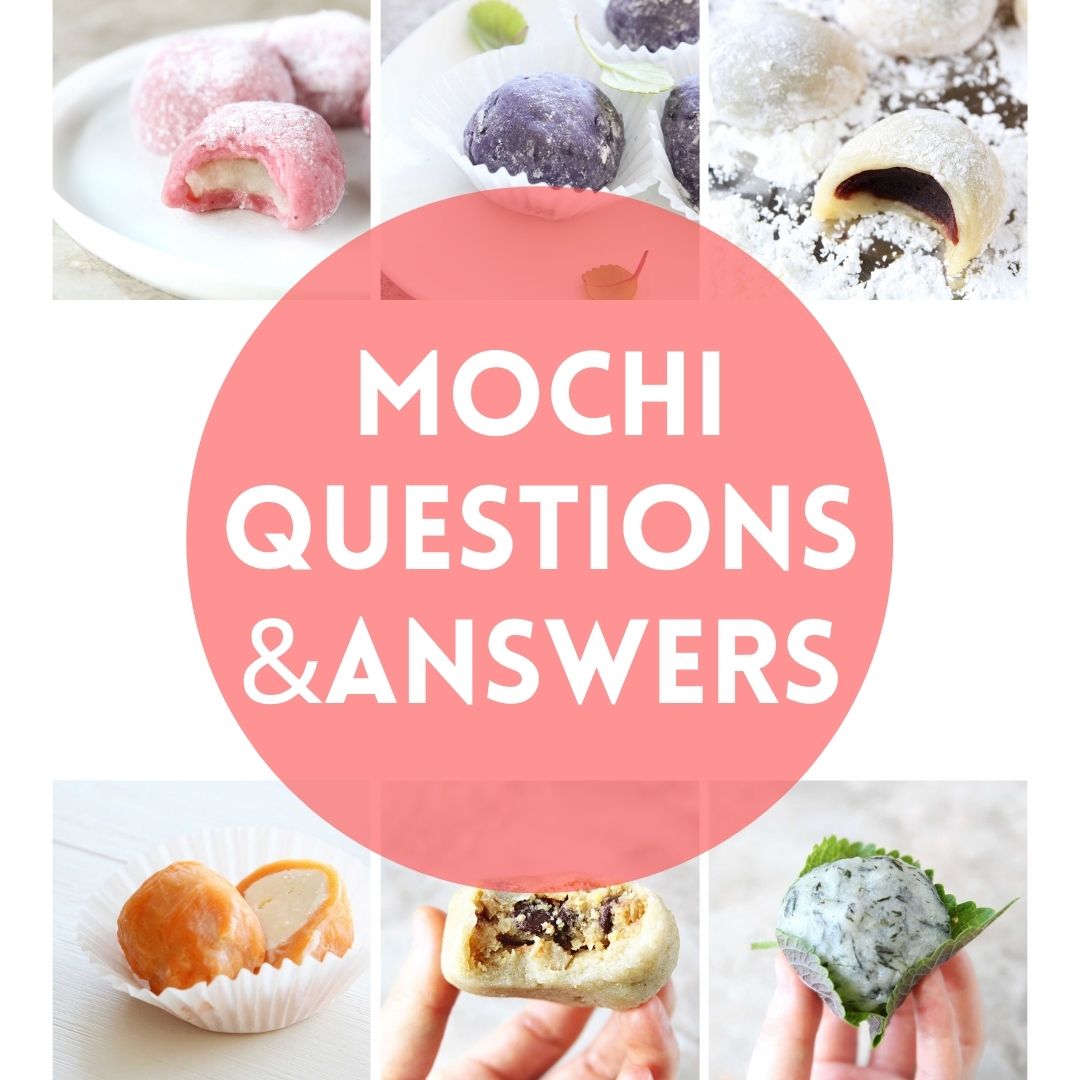
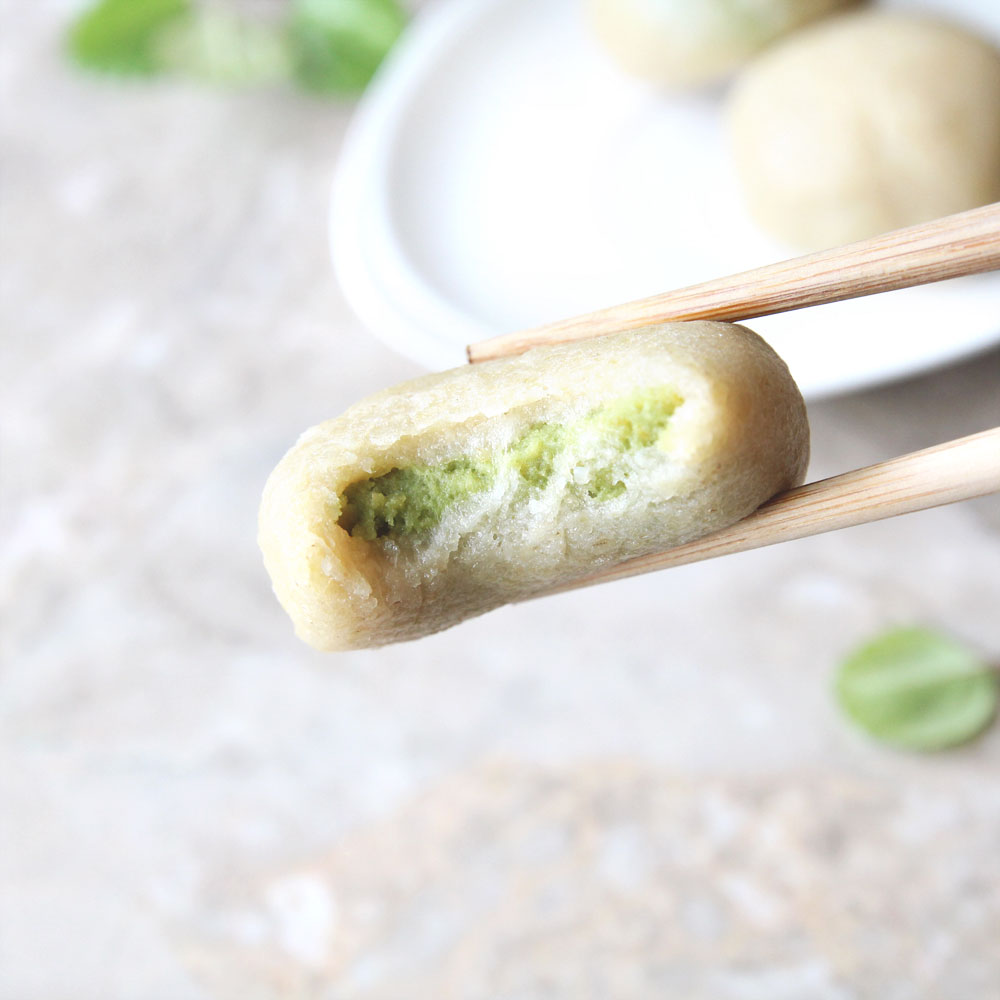
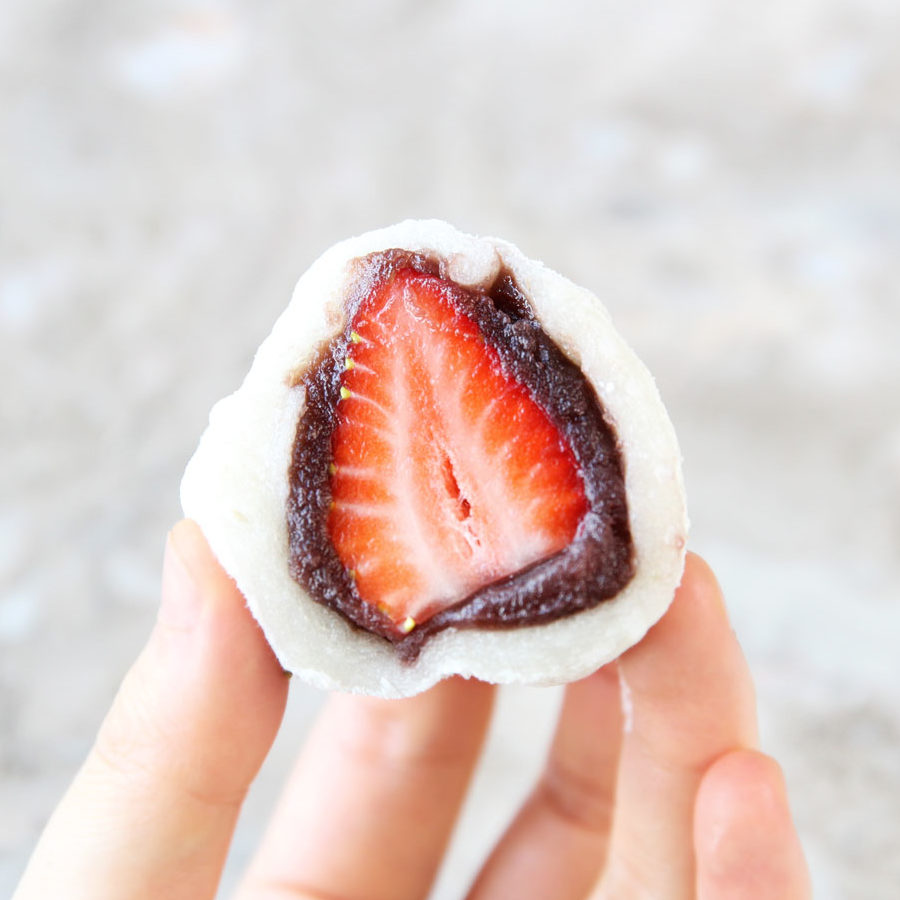
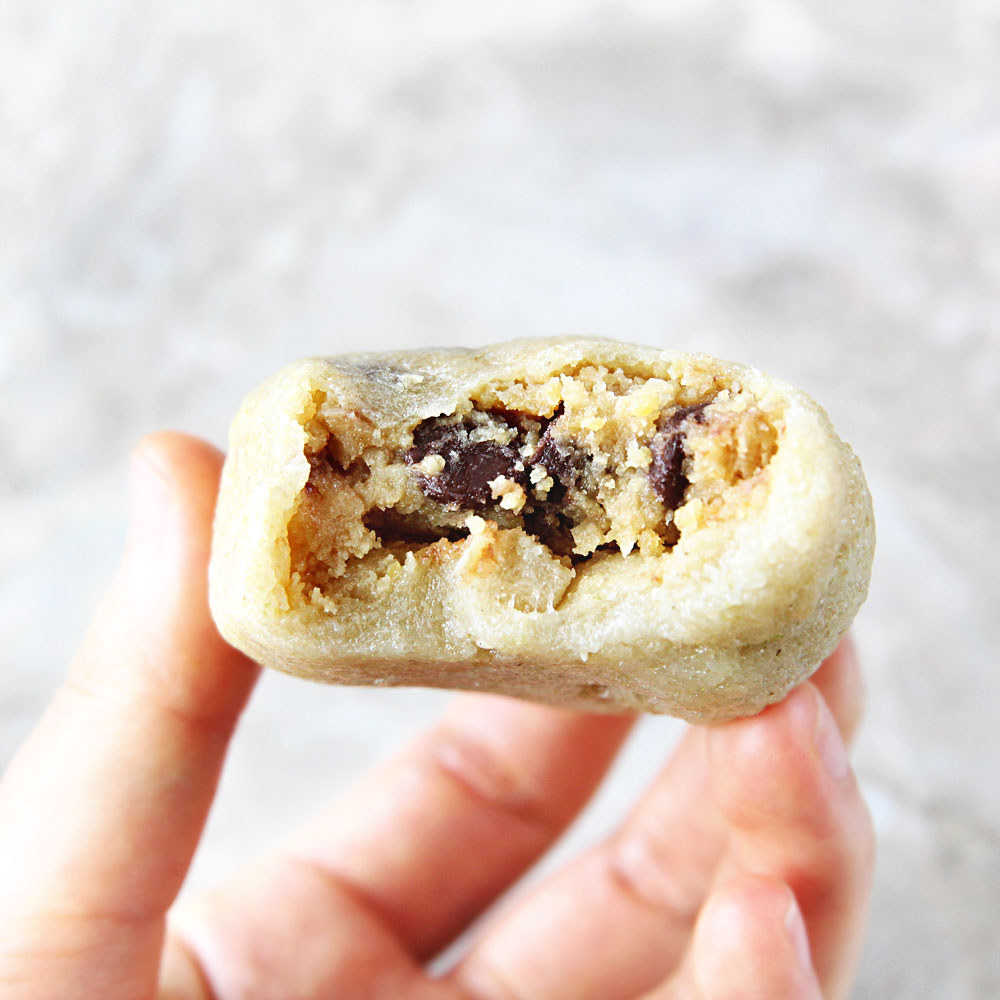
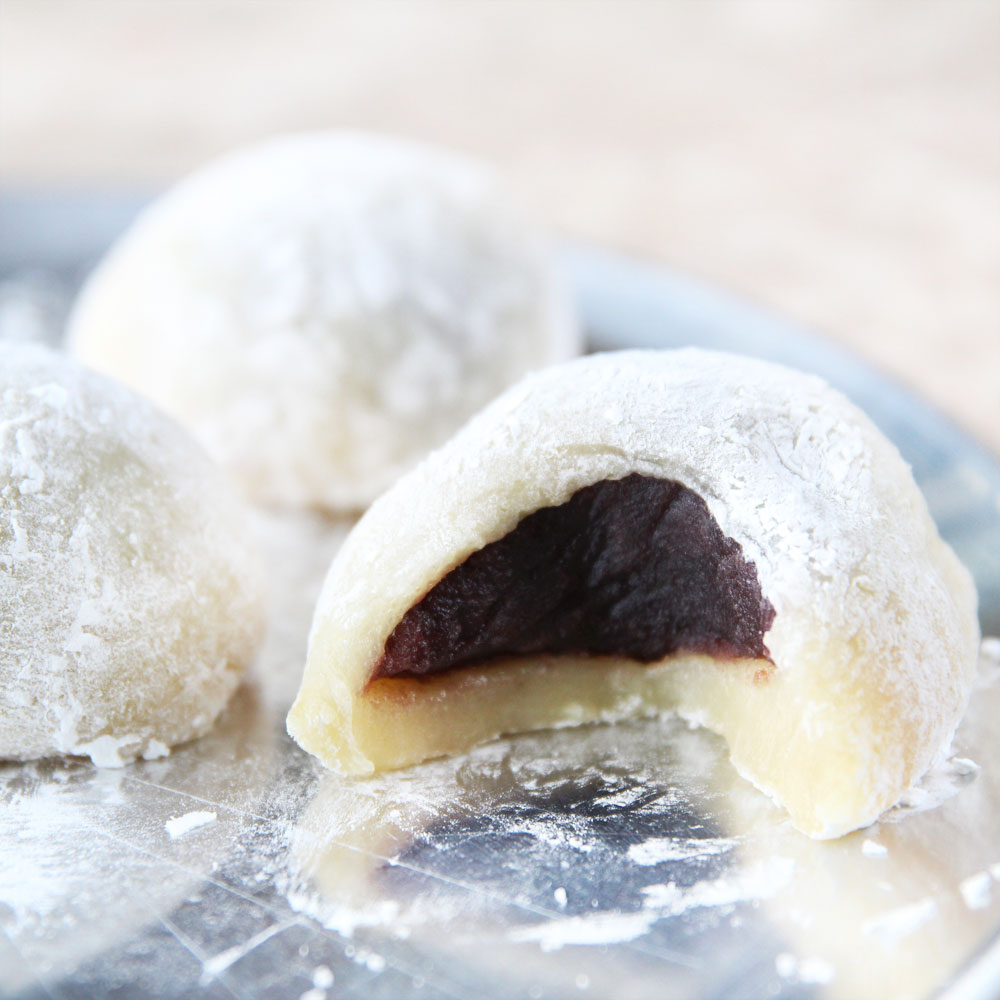
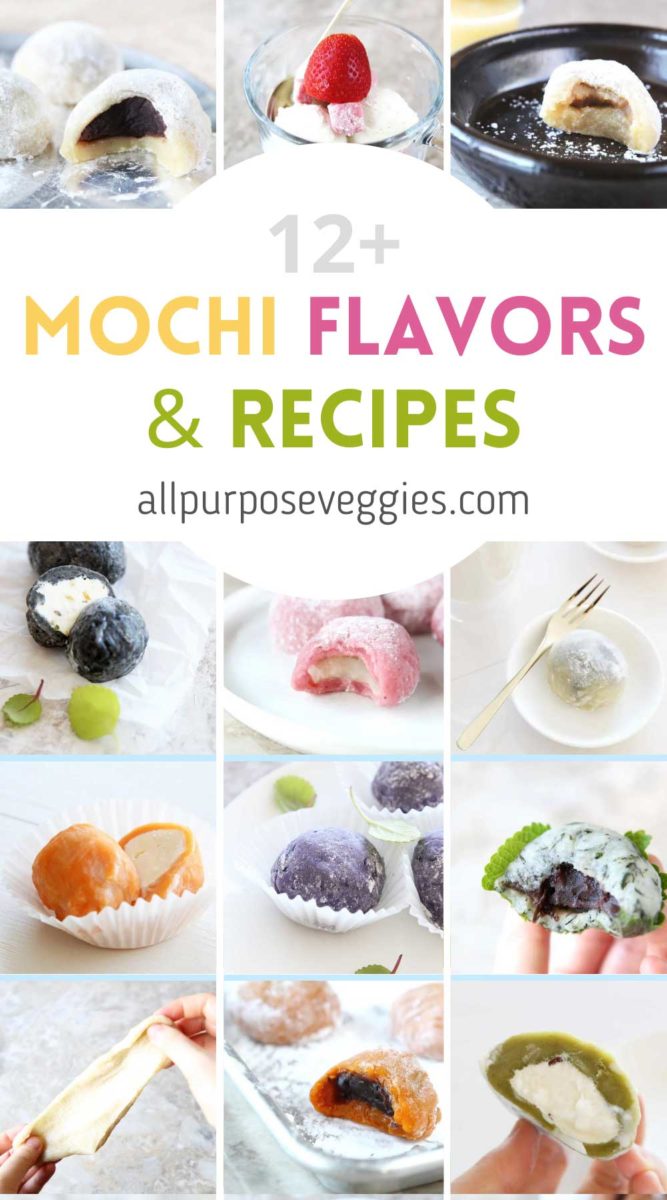


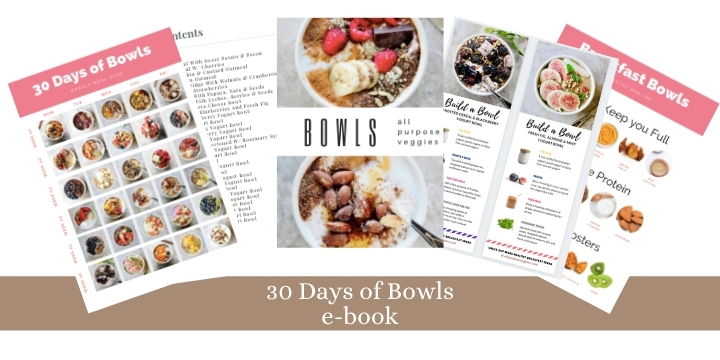

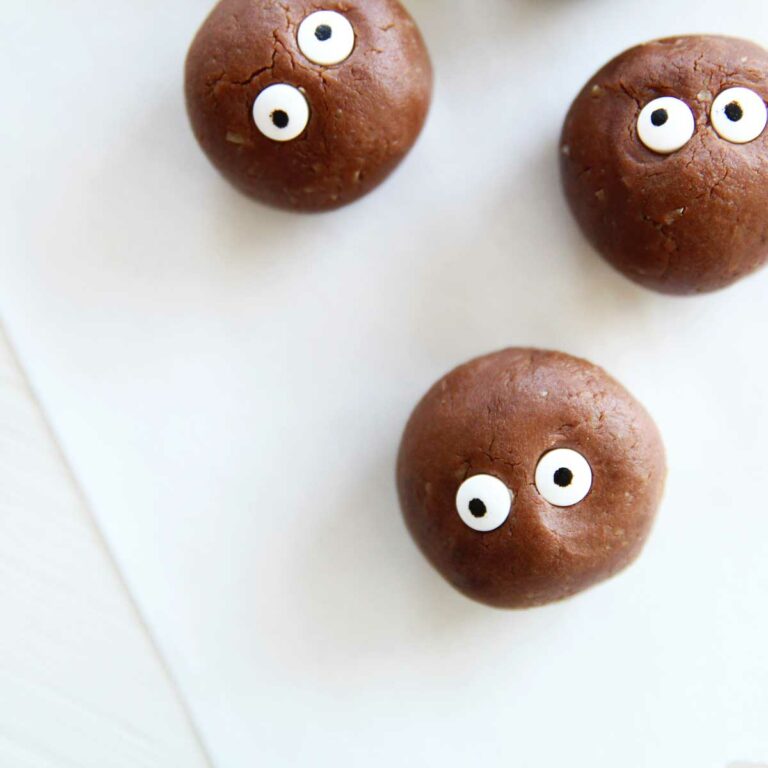
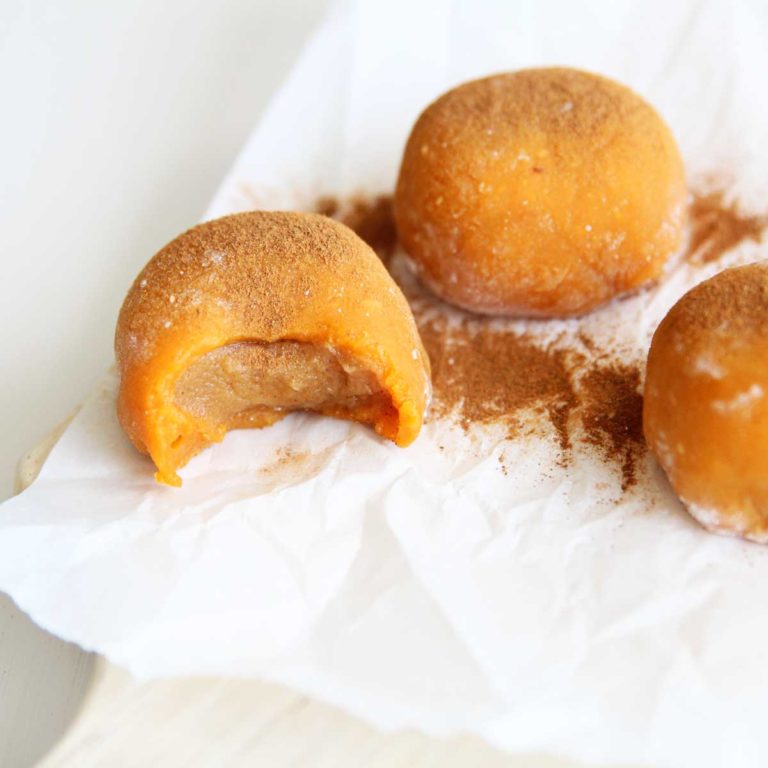
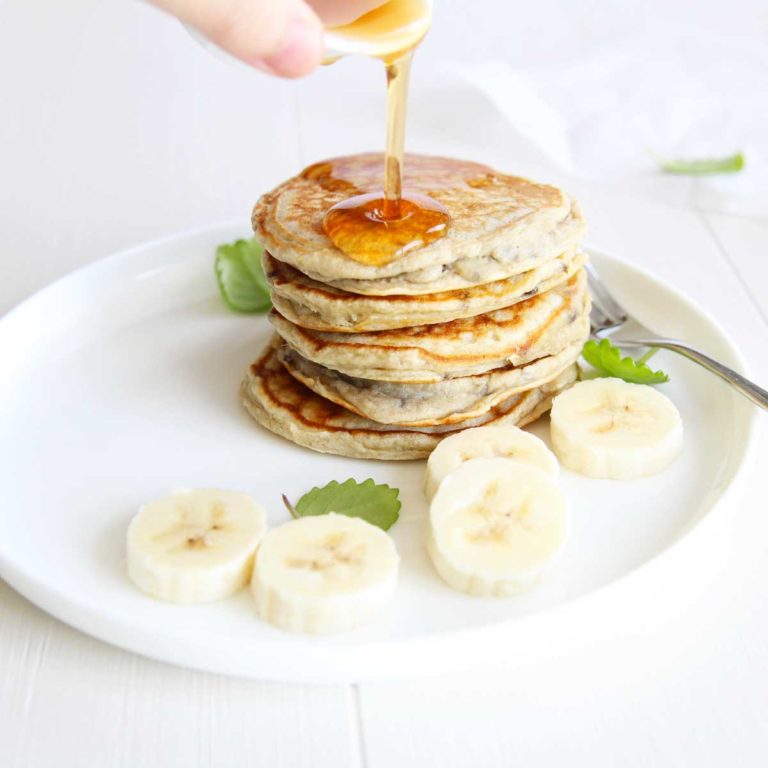
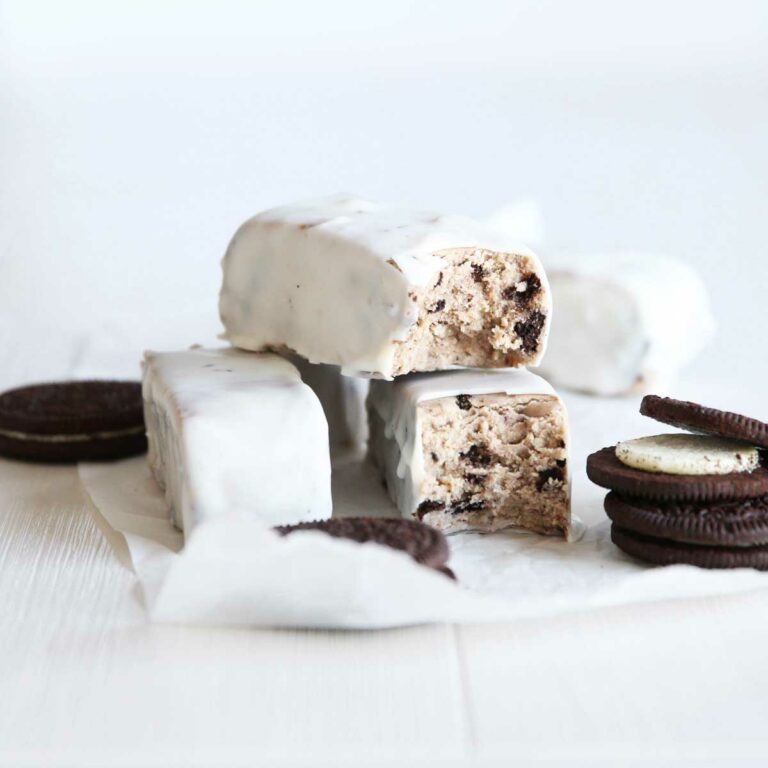
Leave a Reply